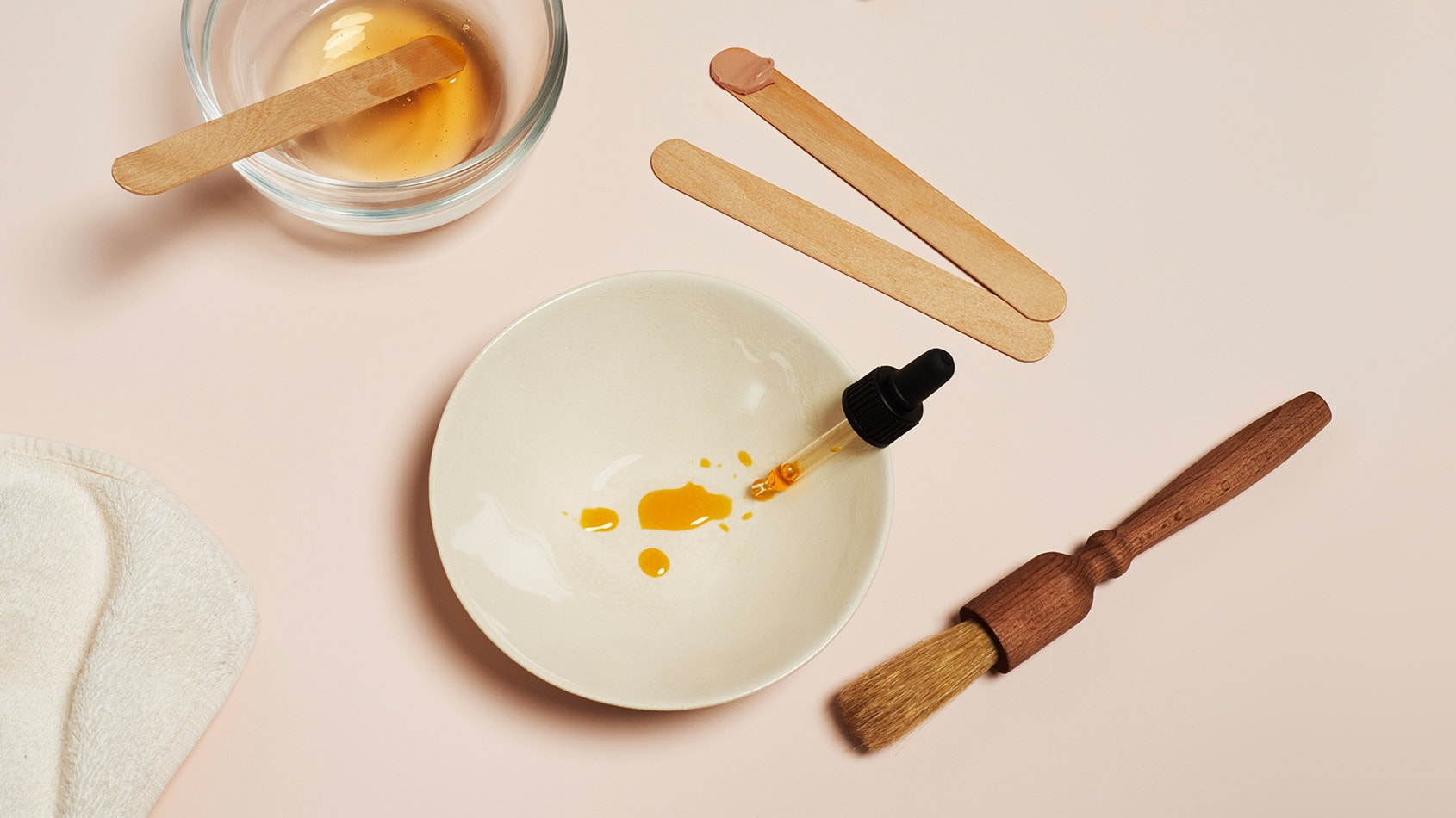Selecting a cleanser for each skin type
A ‘skin type’ is the summary of all the functions of the skin—how much sebum it produces, how it regulates its protective lipid layer, and how it reacts to external factors like heat and dryness, exercise, diet, and stress. We advocate the use of gentle cleansing formulations tailored to skin type and the individual needs of skin.
Dry and sensitive skin requires gentle cleansing to avoid stripping the hydrolipidic film or aggravating the stratum corneum. For those with oily skin, we recommend a cleanser that removes excess sebum and keeps skin in balance, without over-stripping, as that can cause sebaceous glands to produce yet more sebum in response. The complex duality of combination skin requires cleansing that will effectively clarify the oilier regions of the face, without exacerbating drier areas. For normal skin, we suggest a regimen of mild but efficacious cleansing to maintain skin’s equilibrium. A deeper investigation into Aesop’s approach to caring for the specific needs of each skin type is available in our Skin Types Guide.
When selecting a cleanser, opt for a texture and formulation that suits the individual needs of your skin.






